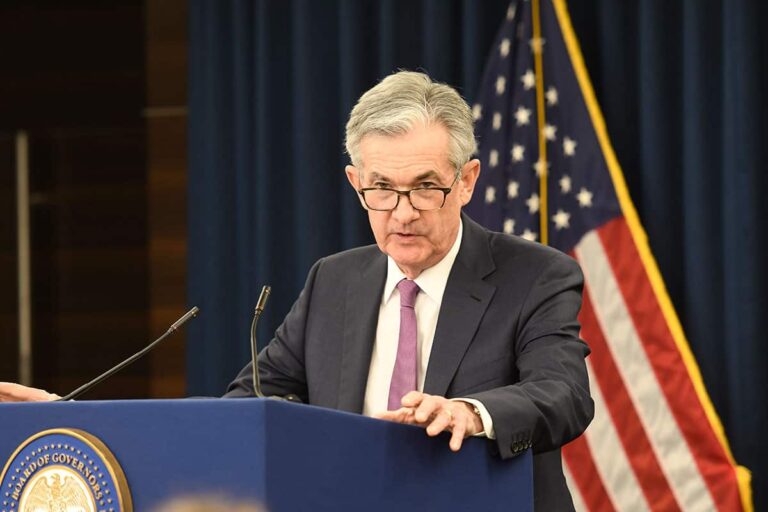Rising US Treasury yields continue to rise, caused by soaring US employment data that could push the Federal Reserve to further tighten its economic policy.
Table of Contents
10-Year Treasury Yield
The U.S. Treasury yield climbed more than 4 percent to 4.025 percent, up 8 basis points, 0.08 percent from the previous close.
Thus, bringing the overall increase to more than 12 basis points, corresponding to +0.12 percent over two years, based on a conversion rate that sees one basis point equivalent to 0.01 percent.
The employment data
Causing the surge in US Treasury yields was the publication of the latest June employment report. Which, showed that the US labour market saw an increase of about 497,000 people employed in June. A figure well above the estimates that predicted around 220,000 employed according to Dow Jones.
The figure also shows a significant increase in employment compared to the previous month, in May employment had increased by 267,000. For analysts, this data shows that the labour market in the US is strong and resilient.
The data show not only a higher-than-expected increase in employment, but also a moderate increase in claims for unemployment benefits.
Employment and Treasury ratio
The ADP report showing US employment growth in June is considered by many to be unreliable, the data in fact offers an estimate of the US employment picture ahead of the release of official data scheduled for the coming weeks.
Although unreliable, the data provides a positive picture for the US labour market. Which, could raise investor expectations in anticipation of stronger than expected official data. And this could signal the Federal Reserve, the central bank of the US to retrace its steps. And, resume its campaign of interest rate hikes, which was interrupted last month.
Unlike the ECB, the FED has in fact temporarily paused its money rate hikes. A pause that could, however, end with the meeting set for 26 July. When, on the basis of official employment data, the FED will decide whether or not to activate new hikes.
Jerome Powell’s statements
The position of Jerome Powell, president of the FED on the subject of interest rates and inflation is very different from the position of his European counterpart Christine Lagarde.
While for Lagarde the work of the ECB is not yet finished and, at least for the time being, the ECB has not yet initiated a pause on price increases, Powell maintains a more moderate position.
For Powell, the continued strength of the labour market is one of the key factors why restrictions are needed to cool the economy.
This position suggests that the Fed’s next moves could include a return to a policy of rate hikes and interest rate increases.
In this regard, Powell himself in recent weeks has not ruled out the possibility of a future series of consecutive increases and hikes.
This position seems to be popular among many central bank officials. Who expect further rises in the coming months. Thus reversing the reversal already initiated in June and putting the Fed back on the path of increases.












